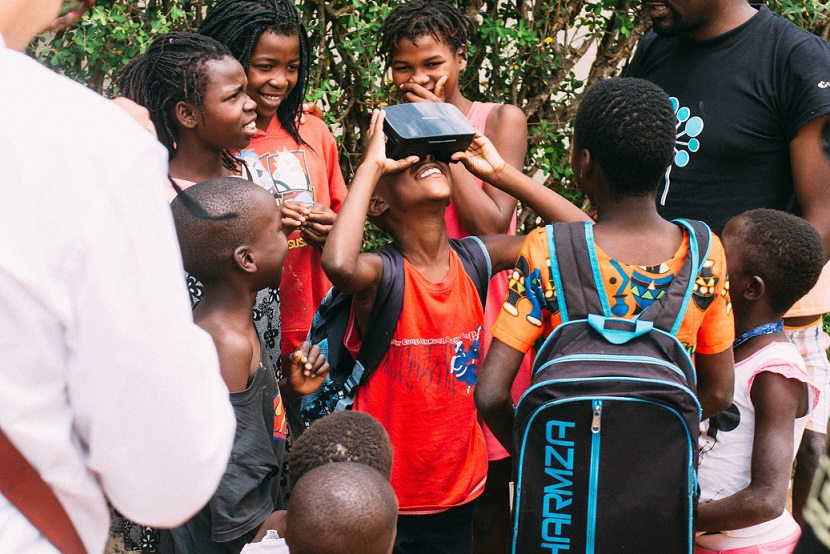The art of selling toilets to low-income consumers
Selling new products in low-income markets can be a difficult task. Low-income consumers often have little to spend and are therefore picky when it comes to choosing the products and services they purchase. The challenges are even more entrenched when offering products that deal with water, sanitation and hygiene (WASH). It is a sector in which service providers often mistake ‘needs’ for ‘wants’. What we think people need, might actually not be what they want.
In this article, we highlight four ways of improving your marketing strategy for WASH products to guarantee success in low-income markets. These tips are based on Bopinc’s decade long experience of working with social enterprises and partners like TRANSFORM and Aqua for All.
Rule 1: Build a brand that is aspirational
Having a strong brand can attract consumers that become loyal users and ambassadors in the communities you operate in. It also helps you recruit and retain talented employees. WASH enterprises are encouraged to explore brand archetypes other than the typical “caregiver” that is often used in the sector. Why not consider brand archetypes (from this guidebook) such as:
- The Hero: On a mission to make the world a better place, the hero is courageous, bold, inspirational.
- The Explorer: Finds inspiration in travel, risk, discovery, and the thrill of new experiences.
In our project with WSUP and their social enterprise SWEEP in Bangladesh, we strengthened their brand and portrayed the SWEEP pit latrine emptiers as heroes of their community. That delivers on key consumer values that we identified: safety, convenience and compliance.

Rule 2: Get your value proposition right
When designing your value proposition, take a holistic approach to identifying consumer pains and gains that you can tap into. In our project with the NGO Water & Life, and their subsidiary enterprise SJP in Bangladesh, we developed a value proposition targeting young couples in informal settlements. By cutting SJP’s brand loose from the NGO’s overarching brand, we created space for a more commercial identity. We designed a new customer experience with touchpoints and materials that encourage husbands to buy their newly-wed a toilet from SJP. These toilets offered couples a “tension-free life”. This value proposition was presented to them through this TV commercial, as well as through printed materials that were disseminated by the SJP brand ambassadors, we trained on the right messaging.
Rule 3: Be creative and consistent with your marketing
Behaviour change is not a one-off marketing trick. It is important to develop an ongoing relationship with consumers, and keep nudging them towards the desired behaviour or action. Social enterprises can leverage triggers, abilities, and motivators to encourage consumers to adopt new behaviours. Triggers are the things that can help consumers to WANT to start the desired behaviour. Abilities are the things that can ENABLE consumers to start the desired behaviour. Motivators are the ways that will help consumers STICK to the new behaviour.
Unilever, the producer of Lifebuoy soap, has applied these behaviour change levers in their hand-washing campaigns. Lifebuoy consumers are given clear instructions that help them understand how to wash their hands correctly. To keep them motivated to continue with this new behaviour, Unilever established a loyalty scheme that provides soap at a discount for regular users. To get children to wash their hands, Unilever developed a set of superheroes that are brought to life in animations, radio shows, music, games, and school visits. Read more about Unilever’s hand-washing campaign design here.
Rule 4: Don’t forget to train and motivate your sales agents
Our experience shows that as soon as agents fail to sell WASH products, for example, because they lack creative and persuasive means of marketing, their motivation goes to waste. Using the latest digital technologies can make their sales and communication efforts more engaging, effective and fun. In 2017, Bopinc developed the first virtual reality (VR) sales tool for sanitation enterprises. Sales agents use a US$ 20 VR-headset in which they place their smartphones. Agents give the VR headset to consumers who get to experience the toilet, as if they’re really there. Because in the end, seeing is believing.
After a six-month pilot campaign with Naiss in Mozambique, sales agents reported higher numbers of leads generated, reduced time spent per consumer, and - most important of all - improved motivation to sell. Watch the testimonial video of the Naiss sales manager here. This inspired Sanergy in Kenya to start using the VR tool as well.

If you want agents to become true brand ambassadors, give them branded attire that they love to wear. And don’t forget to train them on the key messages (from your value proposition) that they should incorporate when interacting with consumers. Use role-play and embrace slight deviations from the sales script, if this makes the storytelling more natural to them.
Lastly, sales agents are your eyes and ears in the market. So, incentivise them to collect and share consumer feedback with you. This allows you to establish essential feedback loops and co-create better value propositions and marketing strategies together with your team.
In summary
Selling toilets is an art: it requires creativity, out-of-the-box thinking and constant experimentation, until you get it right for your consumers.
If you have innovative marketing ideas but need funding to realise them, check the current opportunities with TRANSFORM and Aqua for All.
Go to the Bopinc website for more information on our work in the WASH sector and other sectors. Bopinc has a consumer-centric toolkit for branding, marketing and behaviour change. Contact us at info@bopinc.org if you are interested.
This is a shortened version of the blog post on Bopinc’s website.
